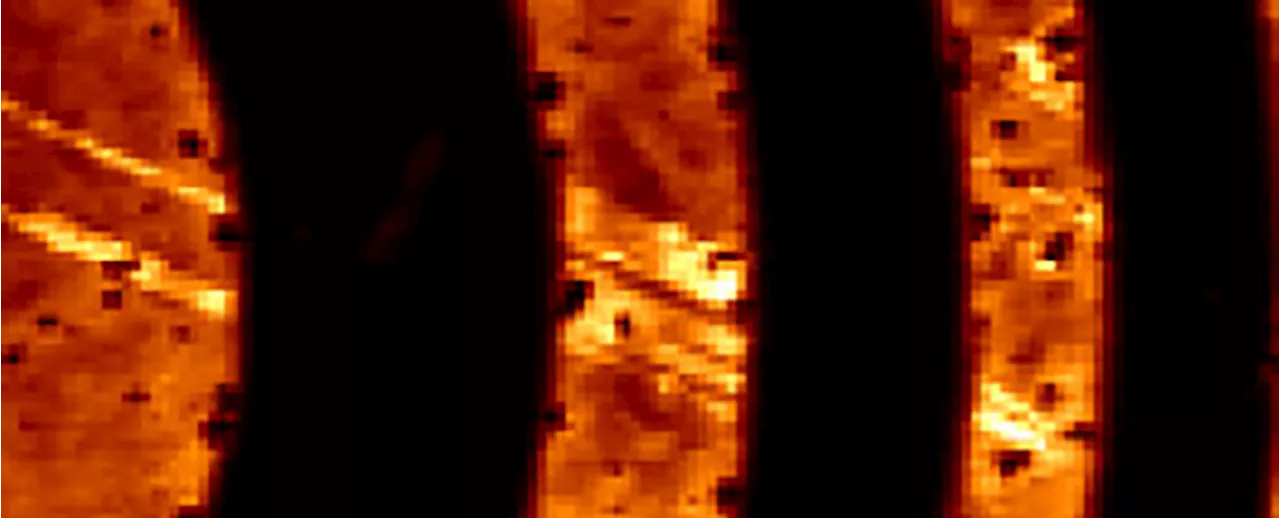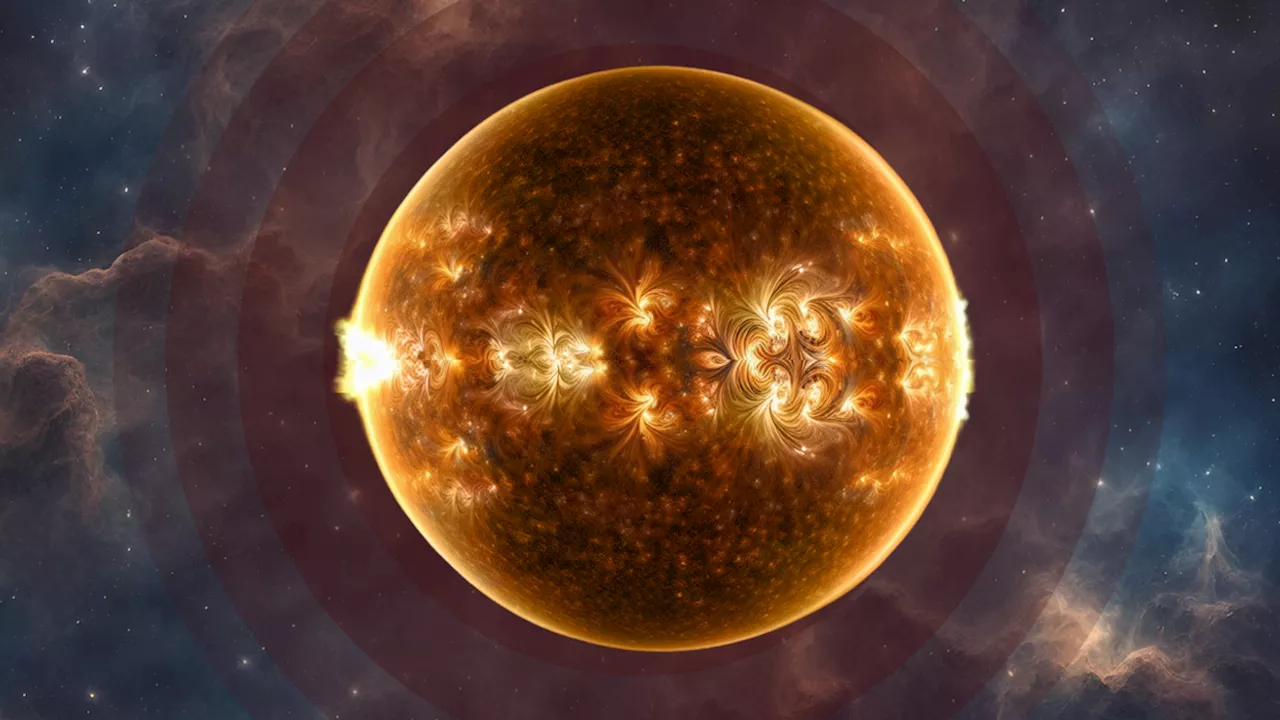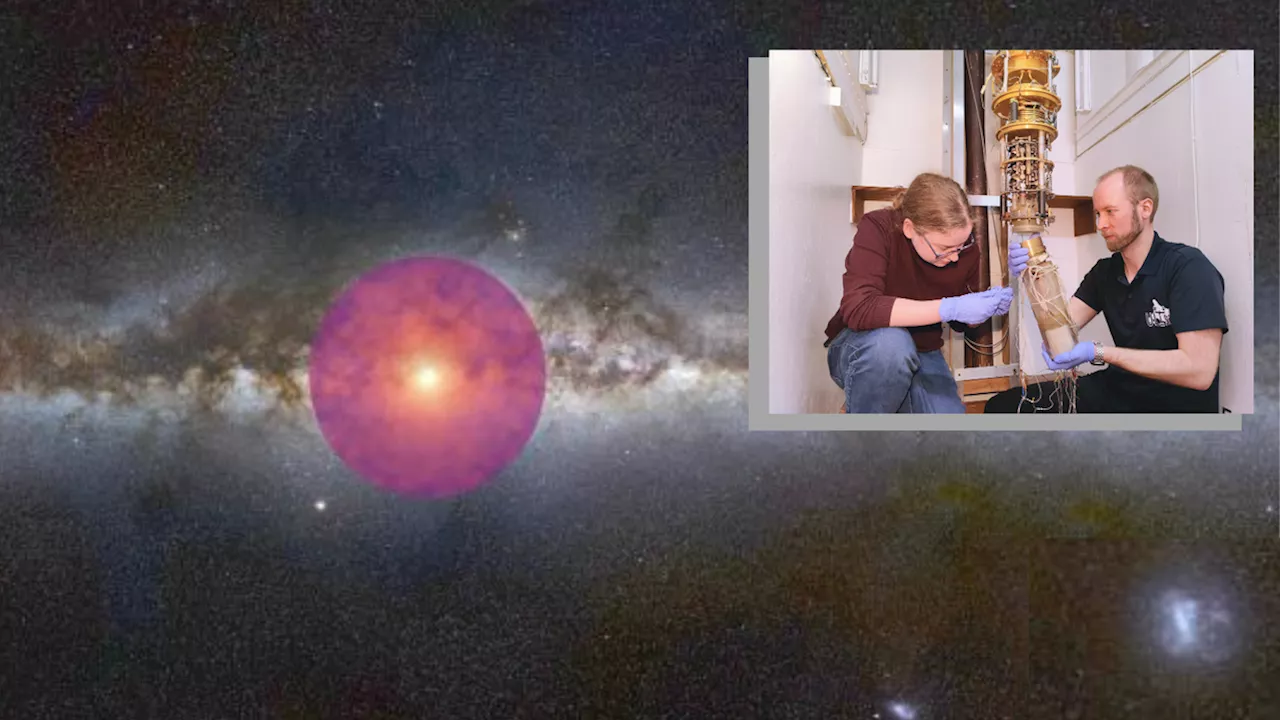Robert Lea is a science journalist in the U.K. whose articles have been published in Physics World, New Scientist, Astronomy Magazine, All About Space, Newsweek and ZME Science. He also writes about science communication for Elsevier and the European Journal of Physics. Rob holds a bachelor of science degree in physics and astronomy from the U.K.
an illustration of dark matter at the heart of the Milky Way a supercold quantum experiment designed to hunt this elusive matter.The hunt for dark matter is about to get much cooler. Scientists are developing supercold quantum technology to hunt for the universe's most elusive and mysterious stuff, which currently constitutes one of science's biggest mysteries.outnumbers the amount of ordinary matter in our universe by about six times, scientists don't know what it is.
The only reason we think dark matter exists at all, in fact, is that this mysterious substance has mass. Thus, it interacts with gravity. Dark matter can influence the dynamics of ordinary matter and light through that interaction, allowing its presence to be inferred.
Both axions and these unknown particles would exhibit ultraweak interactions with matter, which could theoretically be detected with sensitive enough equipment. But two primary suspects mean two investigations and two experiments. This is necessary because current dark matter searches usually focus on particle masses between 5 times and 1,000 times the mass of a hydrogen atom. That means, if dark matter particles are lighter, they may be getting missed.
QUEST-DMC wouldn't be capable of spotting extremely light axions, however, which are theorized to have masses billions of times lighter than a hydrogen atom. This also means such axions wouldn't be detectable by their interaction with ordinary matter particles.
United Kingdom Latest News, United Kingdom Headlines
Similar News:You can also read news stories similar to this one that we have collected from other news sources.
 The Standard Model explained: A deep dive into modern physicsThe Standard Model is a pillar of modern physics, providing a comprehensive framework for particle physics.
The Standard Model explained: A deep dive into modern physicsThe Standard Model is a pillar of modern physics, providing a comprehensive framework for particle physics.
Read more »
 Scientists Create The Thinnest Lens on Earth Using Quantum PhysicsThe Best in Science News and Amazing Breakthroughs
Scientists Create The Thinnest Lens on Earth Using Quantum PhysicsThe Best in Science News and Amazing Breakthroughs
Read more »
 'Immortal' stars may exist in the heart of the Milky WayRobert Lea is a science journalist in the U.K. whose articles have been published in Physics World, New Scientist, Astronomy Magazine, All About Space, Newsweek and ZME Science. He also writes about science communication for Elsevier and the European Journal of Physics. Rob holds a bachelor of science degree in physics and astronomy from the U.K.
'Immortal' stars may exist in the heart of the Milky WayRobert Lea is a science journalist in the U.K. whose articles have been published in Physics World, New Scientist, Astronomy Magazine, All About Space, Newsweek and ZME Science. He also writes about science communication for Elsevier and the European Journal of Physics. Rob holds a bachelor of science degree in physics and astronomy from the U.K.
Read more »
 Missing Milky Way black holes are bad news for this dark matter theoryRobert Lea is a science journalist in the U.K. whose articles have been published in Physics World, New Scientist, Astronomy Magazine, All About Space, Newsweek and ZME Science. He also writes about science communication for Elsevier and the European Journal of Physics. Rob holds a bachelor of science degree in physics and astronomy from the U.K.
Missing Milky Way black holes are bad news for this dark matter theoryRobert Lea is a science journalist in the U.K. whose articles have been published in Physics World, New Scientist, Astronomy Magazine, All About Space, Newsweek and ZME Science. He also writes about science communication for Elsevier and the European Journal of Physics. Rob holds a bachelor of science degree in physics and astronomy from the U.K.
Read more »
 James Webb Space Telescope spots 'Cosmic Gems' in the extremely early universe (video)Robert Lea is a science journalist in the U.K. whose articles have been published in Physics World, New Scientist, Astronomy Magazine, All About Space, Newsweek and ZME Science. He also writes about science communication for Elsevier and the European Journal of Physics. Rob holds a bachelor of science degree in physics and astronomy from the U.K.
James Webb Space Telescope spots 'Cosmic Gems' in the extremely early universe (video)Robert Lea is a science journalist in the U.K. whose articles have been published in Physics World, New Scientist, Astronomy Magazine, All About Space, Newsweek and ZME Science. He also writes about science communication for Elsevier and the European Journal of Physics. Rob holds a bachelor of science degree in physics and astronomy from the U.K.
Read more »
 See a starburst galaxy, ablaze with explosive star birth, devouring dwarf galaxies (video)Robert Lea is a science journalist in the U.K. whose articles have been published in Physics World, New Scientist, Astronomy Magazine, All About Space, Newsweek and ZME Science. He also writes about science communication for Elsevier and the European Journal of Physics. Rob holds a bachelor of science degree in physics and astronomy from the U.K.
See a starburst galaxy, ablaze with explosive star birth, devouring dwarf galaxies (video)Robert Lea is a science journalist in the U.K. whose articles have been published in Physics World, New Scientist, Astronomy Magazine, All About Space, Newsweek and ZME Science. He also writes about science communication for Elsevier and the European Journal of Physics. Rob holds a bachelor of science degree in physics and astronomy from the U.K.
Read more »
